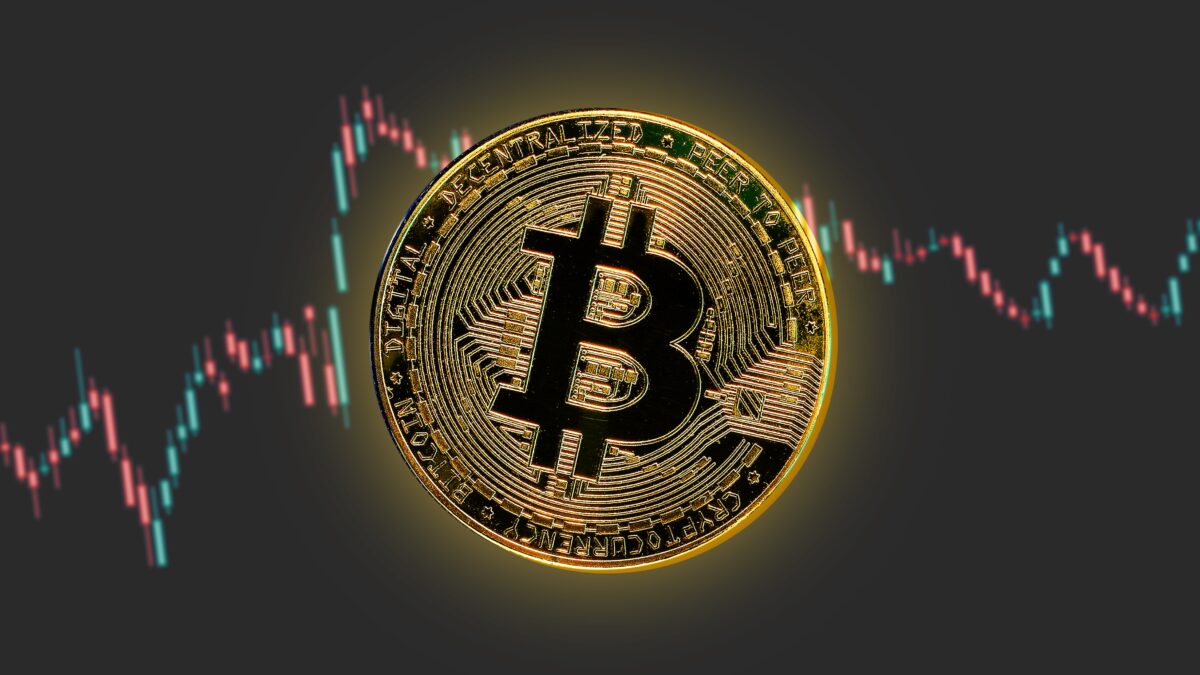Federal Reserve’s Anti-Inflation Measures Impact Economic Landscape, Defying Predictions of a Recession
The quarterly Gross Domestic Product (GDP) report for the fourth quarter of 2023 suggests a clear deceleration in the U.S. economy. Therefore, Analysts had forecasted a growth rate of 2%. This is a significant decline from the robust 4.9% pace of the preceding quarter. The official figures are set up for release by the Bureau of Economic Analysis on Thursday. The figures will shed light on the far-reaching consequences of the Federal Reserve’s concerted efforts to combat inflation through a series of interest rate hikes.
Analyzing the Fed’s Strategy
The Fed’s strategy from March 2022 involved raising the benchmark fed funds rate to a 22-year high and maintaining it. Thereby elevating interest rates across various credit sectors. The primary objective was to curtail borrowing and spending. Later, ultimately addressing the rampant inflation prevalent in 2022. The resulting impact on GDP growth did not go without notice. Still, it is less severe than the dire predictions economists had initially envisioned.
Cautionary Notes from Economists
Notably, Ian Shepherdson, Chief Economist at Pantheon Macroeconomics, cautions that the actual GDP figures may deviate significantly from estimates. He emphasized a heightened likelihood of a downside surprise. Shepherdson points out that recent changes in the release schedule of government data. Partially, business inventories and trade could contribute to this uncertainty.
Alternative Metrics
While the estimated GDP growth of 2% is indicative of the Federal Reserve’s successful implementation of its anti-inflation measures, some alternative metrics paint a slightly different picture. The Federal Reserve Bank of Atlanta’s GDP Now tracker, which provides a real-time estimate based on emerging data throughout the quarter, suggests a more optimistic growth rate of 2.4%.
Balancing Act for the Federal Reserve
As the U.S. economy grapples with these nuanced indicators, the overarching question remains: how will the Federal Reserve balance its anti-inflation agenda against sustaining economic growth? The divergence in opinions among economists highlights the intricate challenges faced by policymakers in navigating a complex economic landscape. As the GDP figures unfold on Thursday, they are poised to influence perceptions about the trajectory of the U.S. economy and the potential adjustments required in monetary policies.











COMMENTS